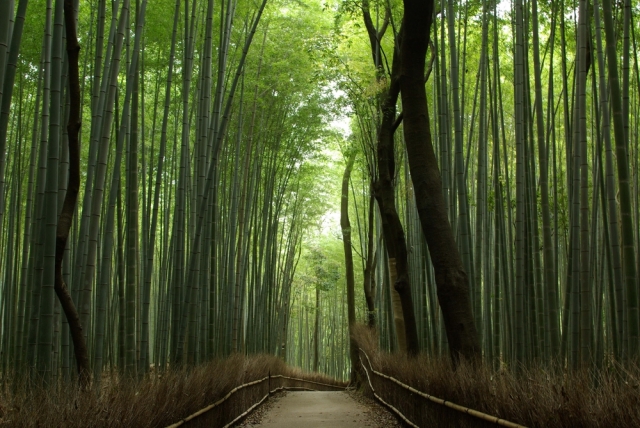Bamboo is one of the most beloved plants in Japan. It represents strength, purity, and growth, and appears in nearly every aspect of Japanese life — from cuisine to crafts and traditional New Year decorations.
It’s also a sign of spring’s arrival, as young bamboo shoots begin to sprout across fields, marking a new season of renewal.
Takenoko: The Taste of Spring
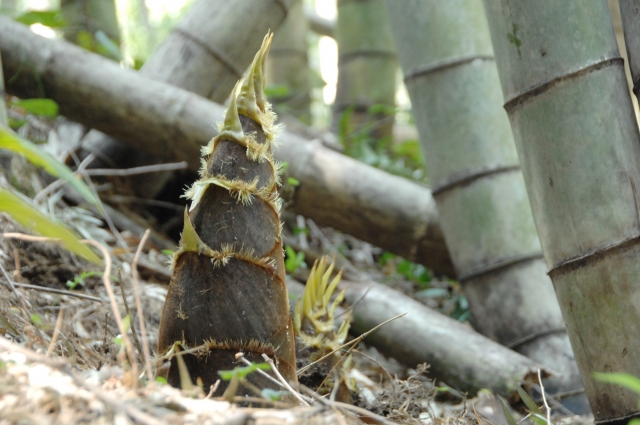
Each spring, Japanese families look forward to harvesting takenoko, or baby bamboo shoots. These shoots grow incredibly fast — sometimes up to one meter per day! They’re dug up when only the tip appears above the soil, because even a single day’s delay makes them too tough to eat.
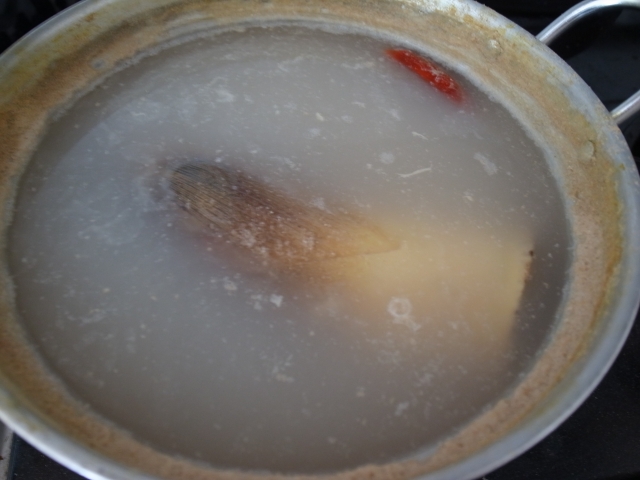
However, freshly dug takenoko has a slightly bitter and astringent flavor. To enjoy its delicate sweetness, people boil it with rice bran (nuka) and a few slices of red chili, which remove the bitterness and highlight its natural aroma.
In Japanese cooking, freshness is everything — takenoko tastes best when cooked on the very day it’s harvested.
Bamboo Reborn: From Nature to Craft
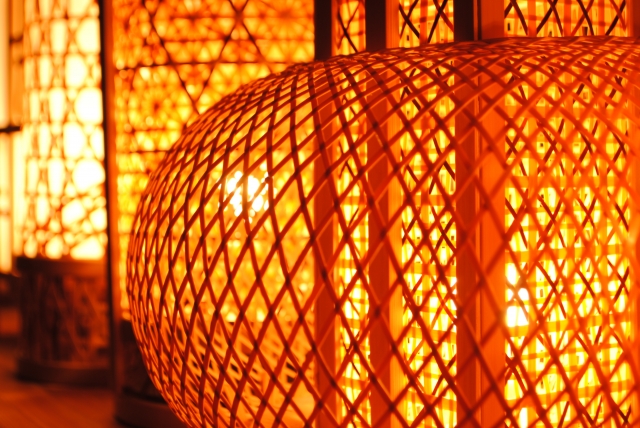
Once matured, bamboo transforms from food into a material of beauty and craftsmanship. It’s light, durable, and flexible, making it perfect for creating a wide range of traditional items.
Bamboo Crafts and Daily Tools

- Taketombo (Bamboo Dragonfly): A simple toy that flies by twisting its stick — the same principle as a helicopter!
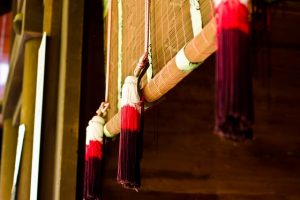
- Sudare (Bamboo Blinds): Hung by windows in summer, they create cool, breezy shade. Even the small mat used to roll sushi (makisu) is made from bamboo.
If you visit traditional Japanese houses, you’ll notice bamboo subtly used in architecture and interior design — not as structural material, but as a decorative accent that brings natural elegance indoors.
Interestingly, Thomas Edison even used bamboo from Kyoto as the filament for his early incandescent light bulb — proof of how remarkable this material truly is.
Kadomatsu: Bamboo as a Symbol of Prosperity
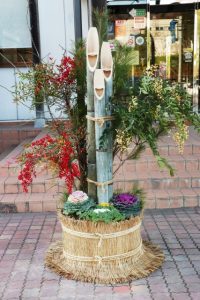
Bamboo is also deeply symbolic in Japanese tradition. During the New Year, Japanese families place Kadomatsu, decorations made of pine, bamboo, and plum, at the entrance of their homes.
The bamboo stalks represent strength and purity, the pine signifies longevity, and the plum symbolizes resilience in adversity. Together, they welcome good fortune and mark the beginning of a hopeful year.
A Timeless Connection Between Nature and Culture
From the tender taste of takenoko to the intricate beauty of bamboo crafts and the symbolic strength of Kadomatsu, bamboo reflects Japan’s enduring respect for nature, simplicity, and renewal.
It’s not just a plant — it’s a bridge between food, art, and spirit, connecting the seasons and the soul of Japanese life.
Related Articles on YUNOMI
- Tsukimi: Japan’s Moon-Viewing Festival of Gratitude and Beauty
- Japanese Bath Culture: Relaxation, Tradition, and Everyday Life
- Undo-kai: The Most Exciting Event for Children

